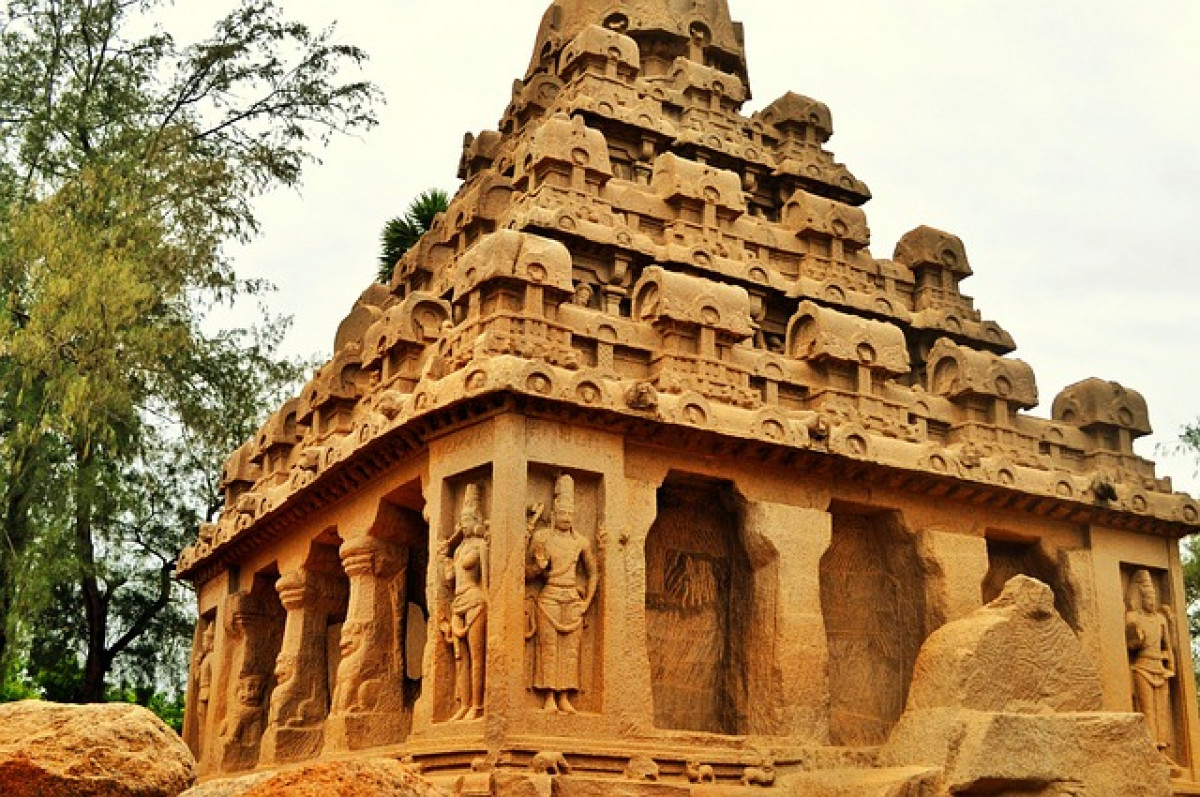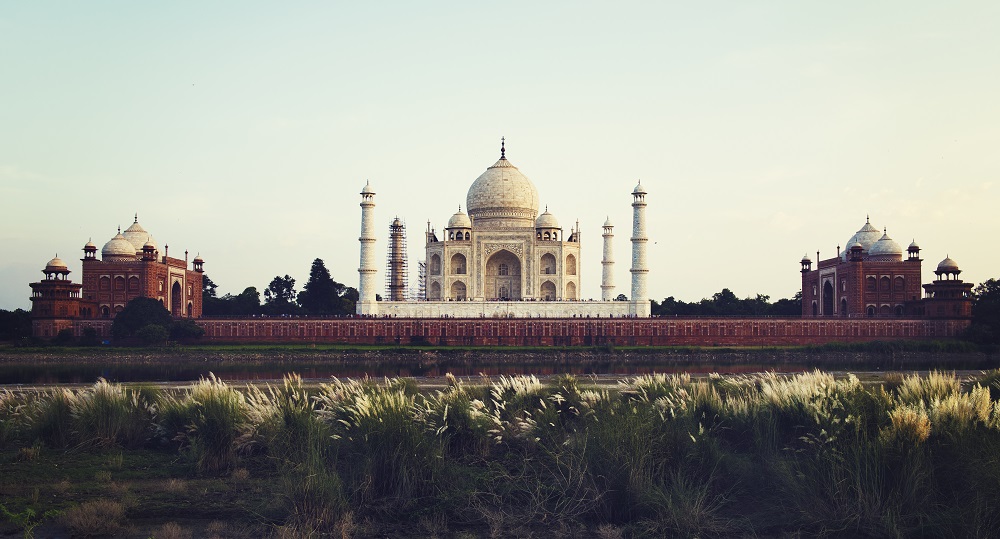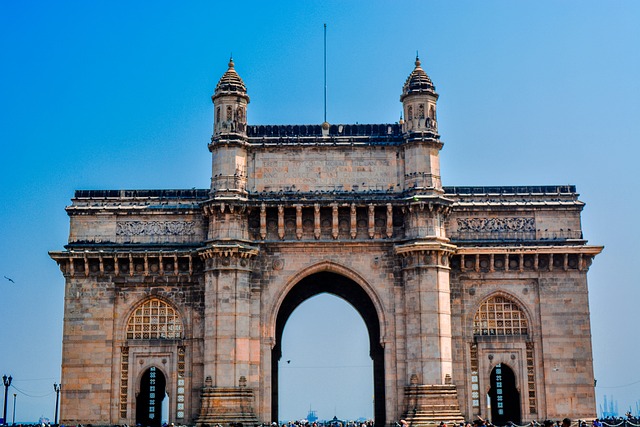
India, with its rich history and diverse cultural tapestry, has been a canvas for architectural innovation and evolution. From the ancient marvels of the Harappan civilisation to the Mughal architecture that graces cities like Agra and Delhi, the architectural landscape of India has witnessed a fascinating journey. In this article Ar. Vivek Bhole, the Chairman & Managing Director at Vivek Bhole Architects Pvt. Ltd. delves into the transformation of architectural expertise in Indian cities, tracing the trajectory from traditional influences to contemporary design principles.
1. The Fabric of Traditional Influence
Historically, Indian architecture has been deeply rooted in cultural, religious, and climatic considerations. The ancient cities of Mohenjo-Daro and Harappa, dating back to 2600 BCE, showcased advanced urban planning with well-laid streets and drainage systems. The intricate carvings of temples in Khajuraho and Hampi, as well as the majestic forts and palaces of Rajasthan, exemplify the diverse architectural styles that have shaped India's urban and rural spaces.
2. The Mughal Marvels

The Mughal era stands as a pivotal chapter in Indian architectural history, marked by a profound transformation in design aesthetics. The Taj Mahal, a UNESCO World Heritage Site, epitomizes the pinnacle of Mughal craftsmanship and grandeur, showcasing the fusion of Persian, Timurid, and indigenous architectural elements. Architectural wonders like the Red Fort in Delhi and the Jama Masjid bear testimony to this eclectic blend, characterized by meticulous symmetry, expansive gardens, and intricate ornamentation. Indeed, the enduring legacy of the Mughal epoch continues to shape India's architectural tapestry, imprinting its indelible mark on cityscapes across the nation.
3. Colonial Footprints

The era of British colonial rule brought forth Victorian and Gothic architectural styles that continue to shape Indian urban centres. This impact is evident in landmarks like the Victoria Memorial in Kolkata and the Gateway of India in Mumbai. The juxtaposition of colonial edifices alongside traditional Indian architecture illustrates a distinctive blend that defines numerous urban vistas.
4. Post-Independence Era: Modernist Movements
With India gaining independence in 1947, a new wave of architecture emerged. With India's independence in 1947, a wave of architectural innovation surged forth. The post-independence period bore witness to the pervasive influence of modernist movements, notably exemplified by architects like Le Corbusier who left an indelible mark on Indian urbanism with his design contributions to Chandigarh, a city hailed for its embodiment of modern urban planning principles. Additionally, Brutalist architecture gained significant traction, as evidenced by the imposing concrete structures such as the Shakti Sthal in Delhi and the Navi Mumbai Municipal Corporation building, both iconic representations of that epoch.
5. Contemporary Trends and Urban Challenges

In today’s 21st century, Indian cities are witnessing a dynamic shift in architectural trends. Rapid urbanisation, population growth, and the demand for sustainable living have become key considerations for architects. Architects now prioritize contemporary designs that integrate eco-friendly materials, emphasize energy efficiency, and embrace innovative urban planning principles. Concepts such as Smart Cities are reshaping urban landscapes by integrating technology to optimize infrastructure and elevate the overall quality of life for residents. This evolution marks a significant departure from conventional approaches, reflecting a progressive ethos that seeks to address the evolving needs and challenges of modern urban environments.
6. Innovations in Sustainable Architecture

Sustainability has become a focal point in contemporary Indian architecture. Cities like Bangalore, Mumbai, and Pune are embracing green building practices, with architects incorporating features like rainwater harvesting, solar power, and energy-efficient designs. The integration of sustainable practices reflects a commitment to environmental responsibility as a response to the challenges posed by urbanisation.
7. The Role of Technology in Architectural Evolution
Advancements in technology have profoundly influenced architectural design in India. Computer-aided design (CAD), Building Information Modeling (BIM), and virtual reality tools have revolutionised the planning and visualisation phases of architectural projects. This integration of technology empowers architects to embark on journeys of innovation, facilitating the exploration of daring designs, while simultaneously streamlining construction procedures and augmenting the efficiency of urban development endeavors.
To sum up, the evolution of architectural expertise in Indian cities is a journey marked by cultural influences, historical shifts, and a response to contemporary challenges. From ancient civilisations to colonial rule and modern urbanisation, Indian architecture has absorbed and adapted various styles, creating a unique and diverse tapestry. As cities continue to grow and transform, architects play a crucial role in shaping environments that balance tradition, modernity, and sustainability—an intriguing blend that defines the evolving architectural identity of India.